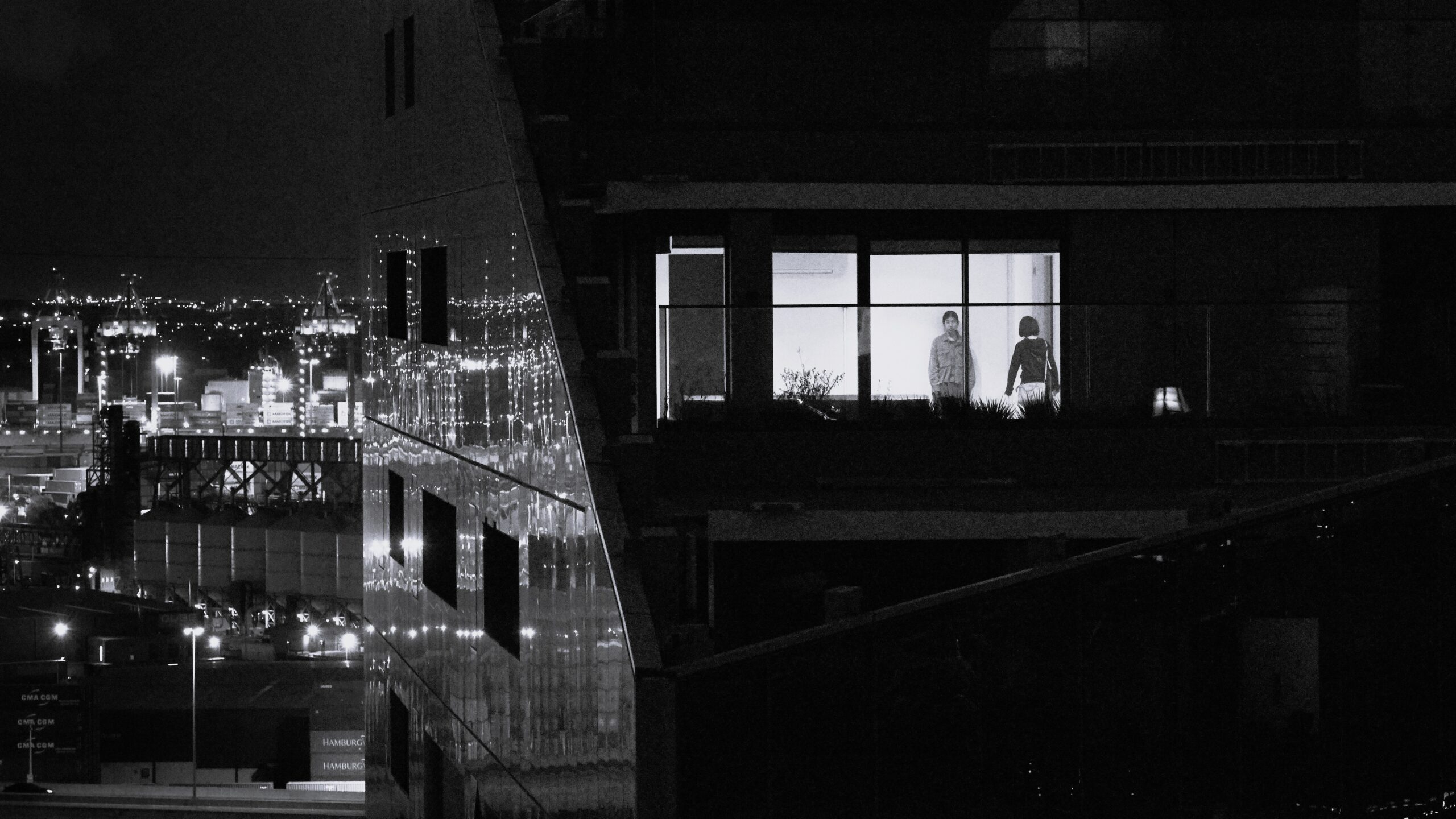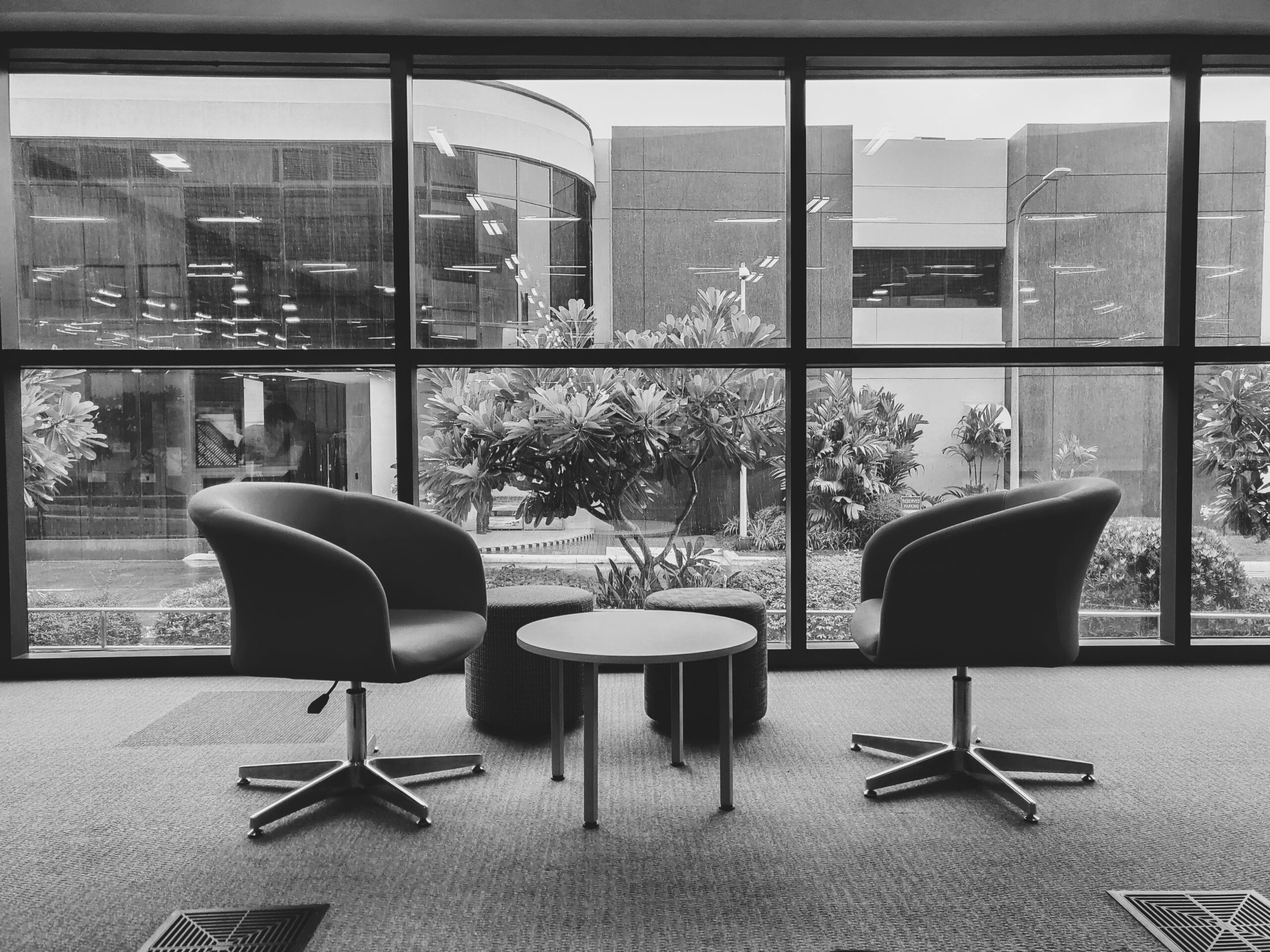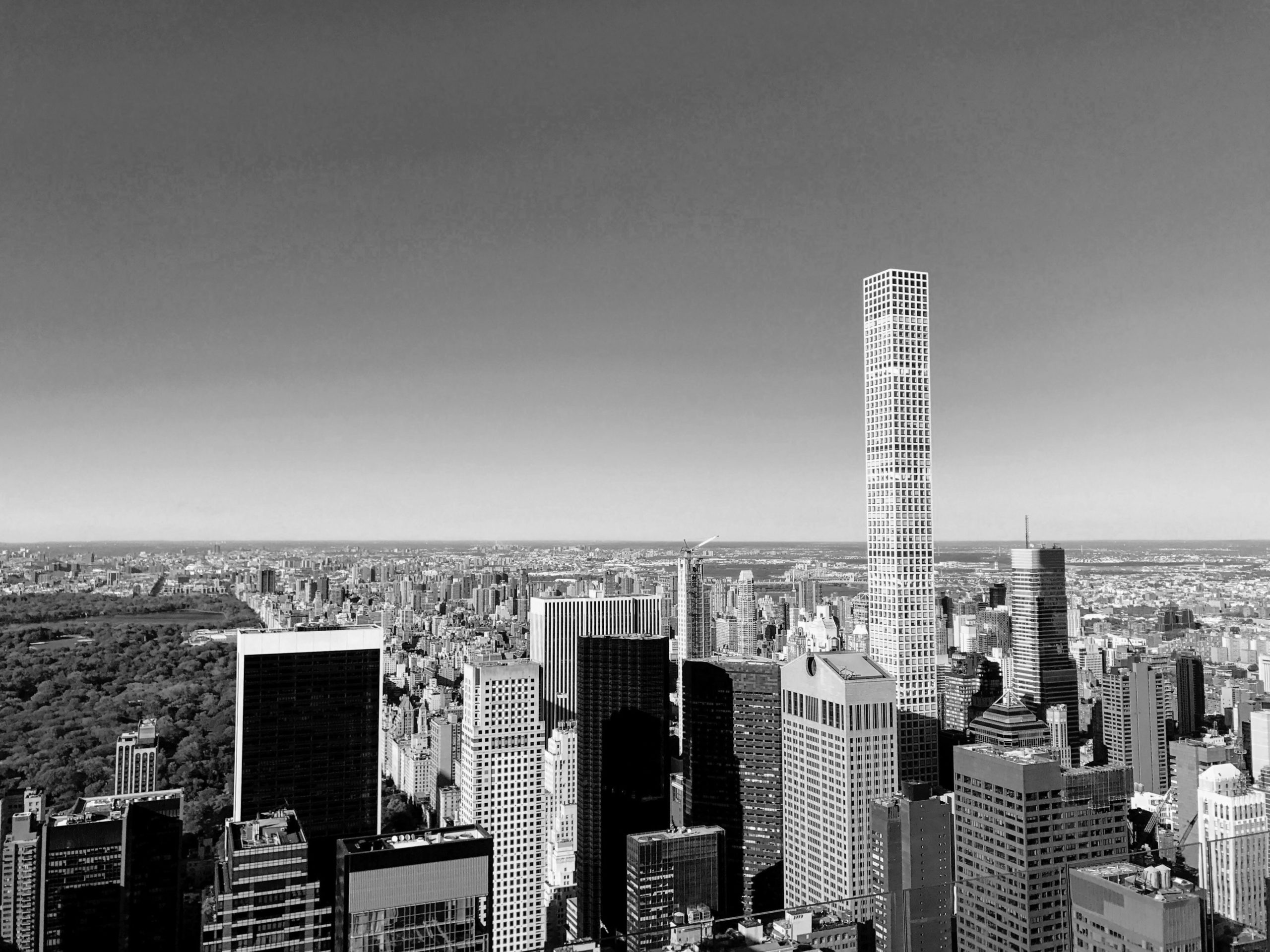A Good Neighbor: Obligations of the Neighboring Property Owner to a Development Site in NYC

Simply owning property in New York City likely means that, at some point – more than once – a neighbor will need to access your property to protect it during development or maintenance work taking place at its adjacent property. While it is clear that the developing/maintaining property owner is required to protect its neighbors, you as the neighboring property owner have certain obligations, as well.
Real Property Actions and Proceedings Law Sec. 881 provides that a developer will be granted temporary access to protect its neighbors as it develops or maintains its property. Your obligation to your neighbor is to be reasonable in facilitating the protections and work to be performed – in short, we all live in this city together, so we need act like it. This is counter-balanced against your primary obligation to protect your own property in a reasonable manner.
While a neighboring property owner has significant leverage in negotiating an access agreement to protect its physical and financial interests, its rights are not unlimited.
Unfortunately, courts have been inconsistent on just how much resistance a neighboring property owner can offer before access is forced through a Sec. 881 petition. At the outside edge, a court does have the power to not only grant access, but also to impose a penalty on the neighboring property. The New York County Supreme Court, as recently as September of 2023, has charged neighboring property owner with a portion of the developer’s legal fees the court determined were incurred as a result of the neighbor’s intransigence and unreasonable hindrances of necessary work. There, the neighbors refused to accept any access, even to inspect the condition of the roof, missed court-ordered meetings, and falsely claimed that underpinning was proposed (even though it was not shown on any drawings). In sum, the Court found that the neighbors had engaged in bad faith efforts to delay the developer’s project, leading to the denial of the neighbor’s request for reimbursement of attorneys’ and engineering fees.
Separate and apart from what a neighboring property owner can expect to leverage for concessions on actual on-property protections is the sidewalk shed. Sidewalk sheds over the public sidewalk – so long as they do not cross over onto the actual property itself – can be placed by the party doing the work without needing permission from its neighbors. Simply put, a shed can go up in front of your building without your permission or consent. You can, however, account for your needs in an access agreement and ensure that at least basic concessions and accommodations, such as keeping the shed well lit, clean, free of signage, and free of project materials, are provided for.
Ultimately, significant leeway is likely to be granted to any property owner being imposed upon for its neighbor’s development or maintenance work, but that does not extend to a complete and outright refusal to cooperate.
As the law continues to evolve on these matters, please note that this article is current as of date and time of publication and may not reflect subsequent developments. The content and interpretation of the issues addressed herein is subject to change. Cole Schotz P.C. disclaims any and all liability with respect to actions taken or not taken based on any or all of the contents of this publication to the fullest extent permitted by law. This is for general informational purposes and does not constitute legal advice or create an attorney-client relationship. Do not act or refrain from acting upon the information contained in this publication without obtaining legal, financial and tax advice. For further information, please do not hesitate to reach out to your firm contact or to any of the attorneys listed in this publication.
Join Our Mailing List
Stay up to date with the latest insights, events, and more





